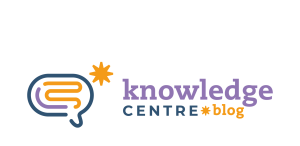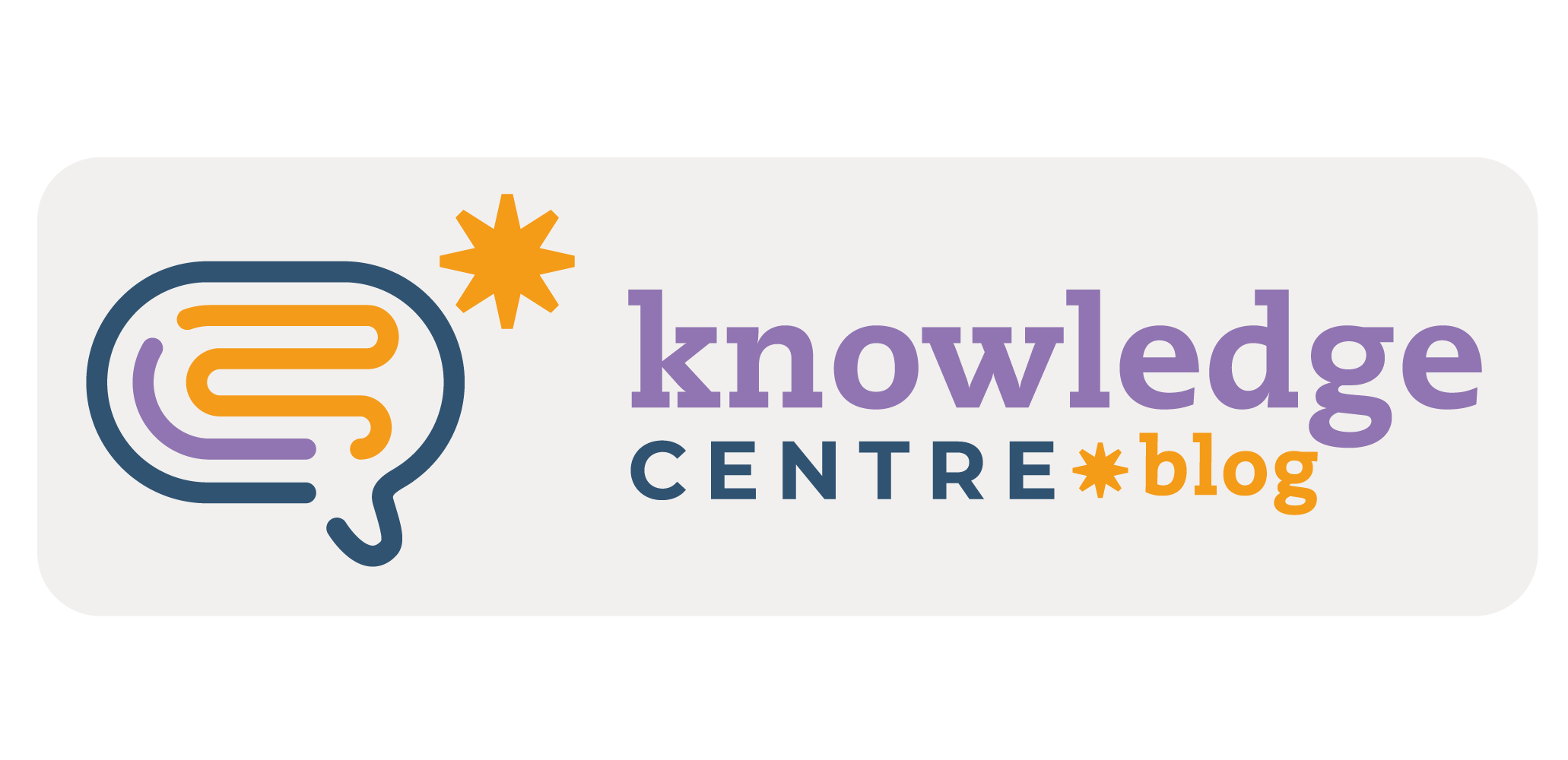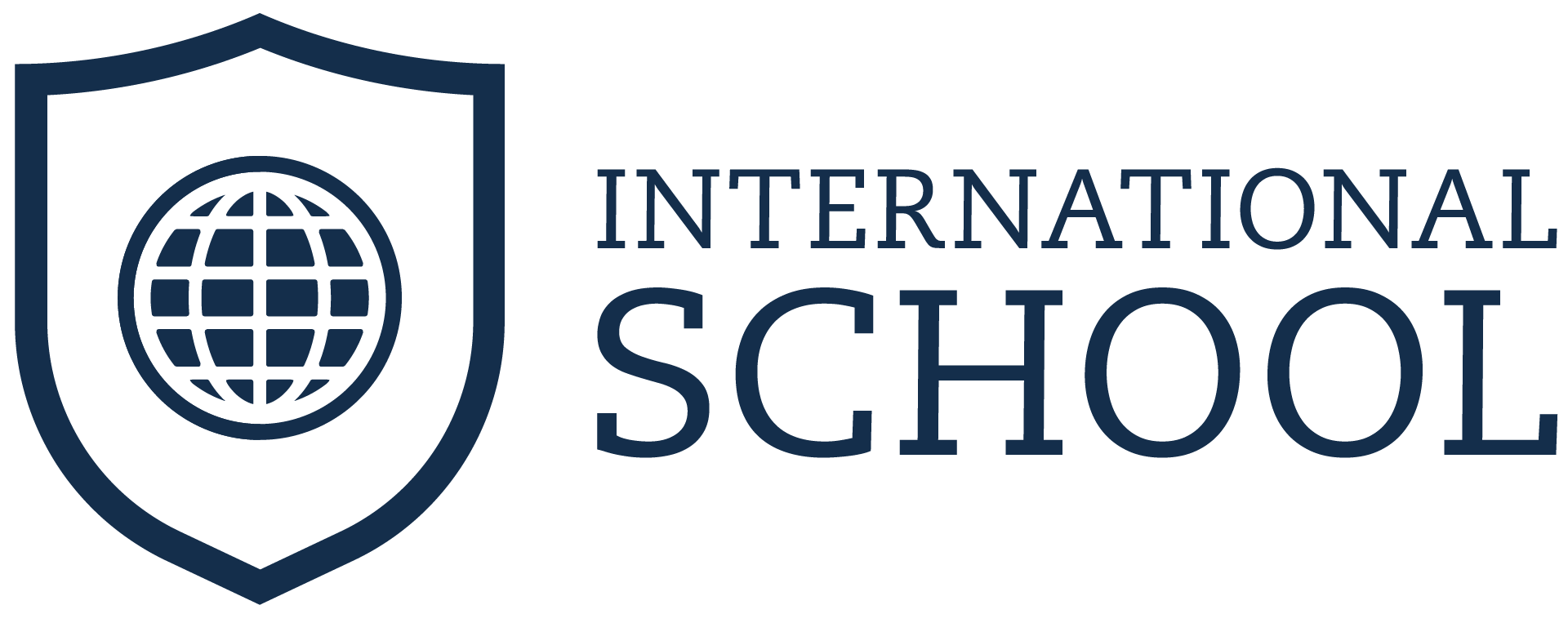Even after more than ten years teaching, when I first saw International School’s material, a big “Now what?” popped into my head, because, unlike the vast majority of materials, IS does not focus on automatic reproduction, as most methodologies commonly do, and that is: where the teacher focuses on grammar and the student replicates what was seen by doing out-of-context exercises. There might be difficulties, but the IS support makes all the difference and that is gratifying.
Even though active methodologies have been part of my daily life in the classroom for a long time, whether due to work in language courses or even my fatigue in following mechanized lesson plans, thinking about more subjective lessons where we aim to develop students’ critical thinking by creating real experiences in the language, so that students can assimilate the language without an explicit focus on grammar, seemed to be an unattainable challenge.
However, when I talked to my coordinator and IS advisor, and read the teacher’s manual, all the weight that seemed to drag me down was removed and sent into the stratosphere. So, I started my classes by bringing the contents of the books and promoting debates with the students, which yielded two extremely opposite results: “class A” had so much interaction that my participation was merely allowing everyone to express themselves; and, “class B”, a deafening silence, which was only broken when I started calling students by their names, asking directly what their opinion on the subject was.
I turned to the advisor on the day of my feedback, and we drew up an action plan to make the students participate more easily and, despite the solution being simple, the result was immediate and unquestionable.
The importance of a routine
It was, above all, the use of a routine showing what students should do during each class, that totally changed the course of classes in “class B”, so, today, I see it as a fundamental tool for both teachers and students to have a routine – which does not need to be inflexible but must be known by all.
I then seek to define with students what will happen in each class in advance. As I have five classes with each group, we defined the focus of each day of the week (example: Monday – project day; Wednesday – magazine; Friday – online activities), so students know what to expect each day of the week.
In addition, after greeting them, I present a slide entitled “Today’s Tasks”, which describes everything that will be done in the class following the chronological order and always highlighting the moments in which they are expected to participate – whether among the project group or the whole class. And whenever I need to change something, I let them know in advance.
The book contents
Once familiarized with how the content is being presented in the magazine, I look for other sources I can present to the students, such as TedTalks or short videos that can easily introduce the subject so that they can be aware of what they will see during the following classes. After the video, I usually propose a conversation or research (which has a stipulated duration) in small groups.
After that, they join into a conversation with the whole class – for that I bring up some more questions about what was discussed seeking experiences and opinions on the subject. At this moment, when students are asked to participate, we can find ourselves facing a class that remains silent, with no volunteers to initiate the conversation. In these cases, it is interesting to invite a member of the group to participate – usually, I specify the group, but without asking a particular student to initiate the conversation (you can say something like “Anna’s group, can you start, please?”).
When it comes to text comprehension activities, I usually use games, by creating, for example, a Kahoot! game or two lies and a truth challenge. And, as all the content in the magazines are used as a guide for the final project, I prefer to start by explaining the new content to students, as well as what the project will be like, so that they can choose their group at the beginning of the subject, and, as they already have teams to work with, whenever we get to project-bas ed exercises, I ask them to team-up and, think about how to solve the issues/answer the questions.
Nevertheless, it is worth mentioning that, even if students do project-related activities with their respective project groups, they often share their ideas with the rest of the class. Finally, when the project is concluded, we always present the outcomes to the whole class and then we do a self-evaluation related to their experiences from an individual and group perspective, for this I usually use google forms which are accessed by students through links or qr-codes.
The results
After a few adjustments in the class dynamics, I have noticed that students are more open, participative and interested in both classes and projects, which has yielded beautiful results, but more than its looks, their projects have an inclusive, social and environmental focus.
It was also possible to notice the linguistic development students in lower levels are achieving, as the confidence acquired by many who previously used to be quieter, but now are comfortable enough to take the initiative and share their ideas.
Final Thoughts
Achieving the same result in all groups and/or classes is impossible, so overcharging is neither healthy nor helpful. However, it does not mean that we should be content with apathetic students. So, if even with well-defined routines and well-planned classes, the feeling of insufficiency persists, perhaps talking to your advisor, coordinator, principal and students would be a very profitable solution.
It is noteworthy that it is always very valid and important to talk to students about what they expect to learn from the class/subject and what would make learning more enjoyable for them.
How about you? Tell us about your experiences with your Ensino Médio students, and how these have shaped your teacher development.

By Jéssica Spaolonzi Ferreira
Jessica is an undergraduate in Languages – English and Portuguese – by Universidade Paulista in 2013. During her undergraduate studies, she was supervised by Prof. PhD Cielo Criselda Festino in her monograph related to English-language literature – which was entitled as “The Representation of Ireland in the Tales”, “The Will” by Mary Lavin, and “The Creature” by Edna O’Brien. She worked as an English teacher in language courses from 2010 to 2021 and as a Portuguese teacher (focusing on grammar, literature and text production) from 2015 to 2021. In 2021, she took a postgraduate course, in São Paulo University (USP), about “The Figuration of the Excluded in Portuguese Language Literatures in the Second Half of the 20th Century” to which she wrote an article entitled “The Presence of Male Validation in Carolina Maria de Jesus writings “. Nowadays, she teaches English in the bilingual department to high school students at a renowned Jesuit School in São Paulo City.








